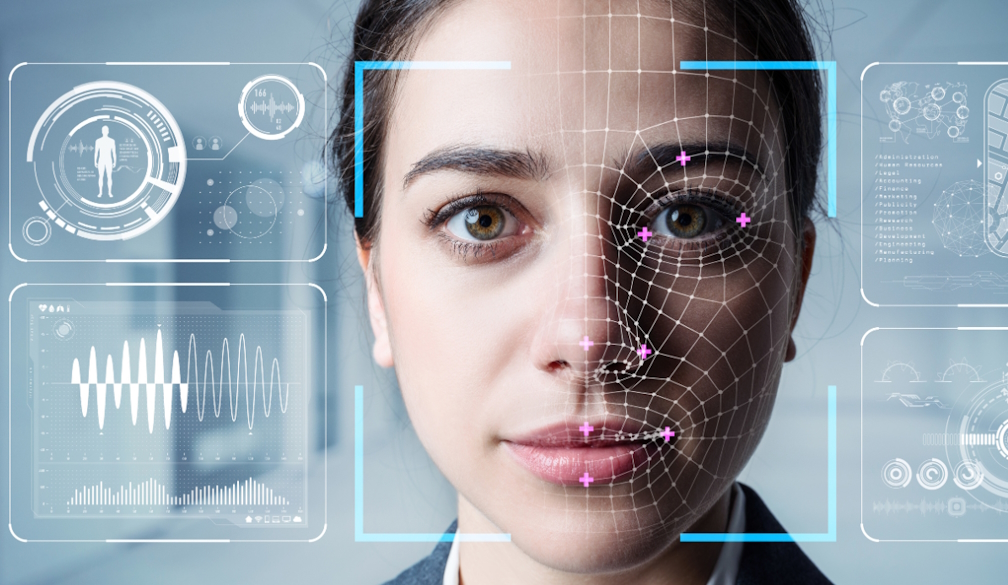Sport produces mountains of high-tech waste. We are finding new ways to recycle it
- Written by Ali Hadigheh, Senior Lecturer, Structural Engineering, University of Sydney

In the early days of the modern Olympics and Paralympics, athletes competed using heavy, non-aerodynamic equipment. The record for throwing a javelin, for instance, has almost doubled[1] since 1908, when the sport was introduced. Athletes have got better – but so has their equipment.
In fact, sporting equipment (and the materials it is made from) has improved in almost every sport. Fibre-reinforced plastics, in particular, have been revolutionary. These composite materials commonly combine plastics with strong carbon or glass fibre. You can now find them in most sports[2] played at high level.
These strong, bendable and lightweight materials have made it possible for athletes to push the limits of their sports, win medals and bring pride to their nations. But they come with a hidden cost.
Composite materials are notoriously hard to recycle. And the amount of waste from sports is growing fast. Our research offers a way[3] to reduce this waste – and extract valuable carbon fibres.
Composites everywhere
Fibre-reinforced polymers have become ubiquitous because of their unique properties. They offer a combination of low weight, flexibility, strength and durability. The properties can be modified by adjusting fibres, mixing materials and changing how sporting equipment is designed.
If you pick up a modern tennis racket in one hand and an old wooden racket in the other, you will notice the difference. New composite rackets are light and strong, letting players achieve faster swing speeds.
Badminton rackets, too, have left solid wood behind. Today, even shuttlecocks have feathers reinforced with carbon rods.
Running footwear relies on carbon composites to boost springiness, aid propulsion, boost heel stability and reduce foot fatigue.
Cycling has greatly benefited[5] from carbon composites. Modern racing bikes are often made entirely of carbon fibre, including lugs, tubes and connections. These bikes are lightweight, highly durable and with significantly lower air resistance compared to their metal counterparts.
Wherever you look, you see fibre-reinforced plastic composites. The bows in archery, the poles in pole vaulting, the wheelchairs in the Paralympics, the carbon net poles in volleyball, the saddles, horseshoes and helmets in equestrian disciplines, the gun bipods in shooting, the golf club shafts in golf, the boats in sailing, the skateboards in skating, the surfboards in surfing and even the climbing walls in rock climbing – all are now made of composites.
When the games are over
These materials have transformed many sports. But composites are made of several materials combined. That means they are often hard to recycle.
In the United Kingdom, for instance, about 90% of all composite waste goes to landfill[6]. Only 2% is reused for carbon fibre. Producing new composites consumes a lot of energy[7].
Globally, about 7,000 tonnes of composite sporting equipment reaches its end of life and could be recycled[8] every year. Demand for recycling is increasing[9]. This stream of waste now accounts for almost 9%[10] of the total composite market.
As these composites have become ever more popular, researchers have looked for better ways to recycle them – ideally, in ways which are also profitable. While many methods are not profitable, our earlier cost-benefit research found several methods[11] which show promise.
In our recent research[12], we put one method to the test: thermochemical recycling.
Consider the challenge of recycling composites. They are often coated with polymers or resins to make their surfaces more durable. But this makes harder to pull these materials apart. Carbon fibres are the most valuable part in these composites.
To find ways of extracting these fibres, we took broken bikes made of carbon fibre composite and experimented with recycling using chemicals and heat.
Through trial and error, we developed highly efficient chemical methods of pre-treating broken bikes and discovered the optimal temperature to melt them: 425°C. At this temperature, we could extract these fibres relatively intact. The recycled fibres retained 94% of their original stiffness and 90% of their original strength.
This means they can be put to different uses, where slightly lower strength and stiffness are acceptable.
Recovered carbon fibres can also be used in 3D printing of other bike components, offering a high weight-to-strength ratio and increased durability, or even in reinforced concrete.
Where to from here?
It is hard to see athletes ever shifting back to the heavy, non-aerodynamic equipment of the past. But if valuable materials can be recovered cost-effectively from sporting equipment at the end of its life, it creates an incentive to do something useful with this growing waste stream.
While our new method uses less energy than existing heat recycling processes and produces relatively environmentally friendly waste by-products, we believe we can improve this process further so it uses still less energy.
Ultimately, we hope this method will be useful to help small and medium recycling businesses process more composite products from sports.
References
- ^ almost doubled (olympics.com)
- ^ most sports (www.jeccomposites.com)
- ^ offers a way (doi.org)
- ^ Alastair McDonald (www.shutterstock.com)
- ^ greatly benefited (doi.org)
- ^ goes to landfill (www.mdpi.com)
- ^ lot of energy (www.sciencedirect.com)
- ^ could be recycled (www.futuremarketinsights.com)
- ^ is increasing (www.futuremarketinsights.com)
- ^ almost 9% (www.fortunebusinessinsights.com)
- ^ several methods (www.sciencedirect.com)
- ^ recent research (www.sciencedirect.com)

















